Among the rich tapestry of tropical fruits native to the Americas, the nance stands out for its distinctive flavor, aroma, and cultural significance. Known scientifically as Byrsonima crassifolia, this small, round, golden-yellow fruit might not be a household name worldwide, but it holds a cherished place in the culinary traditions of many Latin American countries. The question is — where does the world get most of its nances?
In this comprehensive article, we’ll explore the global origins, leading producing countries, cultivation practices, culinary uses, and future potential of this fascinating fruit.
What is a Nance?
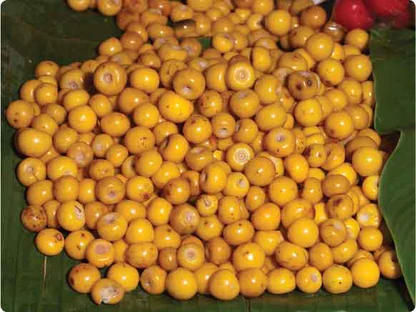
Before diving into the sources, let’s get to know the fruit itself. The nance is a small berry-like fruit, usually 1–2 cm in diameter, with a smooth, glossy yellow to orange skin. Its flesh is soft and can be sweet, tangy, or slightly resinous, depending on the variety and ripeness.
It grows on a hardy, drought-tolerant tree that flourishes in tropical and subtropical regions of Central and South America, the Caribbean, and parts of Mexico. Beyond being consumed fresh, nances are used in desserts, preserves, beverages, and traditional medicinal remedies.
Native Range and Cultivation
The nance is native to tropical America, from Mexico to Bolivia and across many Caribbean islands. It thrives in poor soils and dry conditions, making it a vital fruit tree for regions prone to drought and marginal land.
The trees often grow in:
- Dry forests and pastures
- Forest clearings and woodlands
- Rural homesteads and village commons
While wild and semi-wild harvesting still accounts for much of the nance yield, organized cultivation is increasing in some areas for local markets and value-added products like jams, ice creams, and liqueurs.
Top Nance-Producing Countries
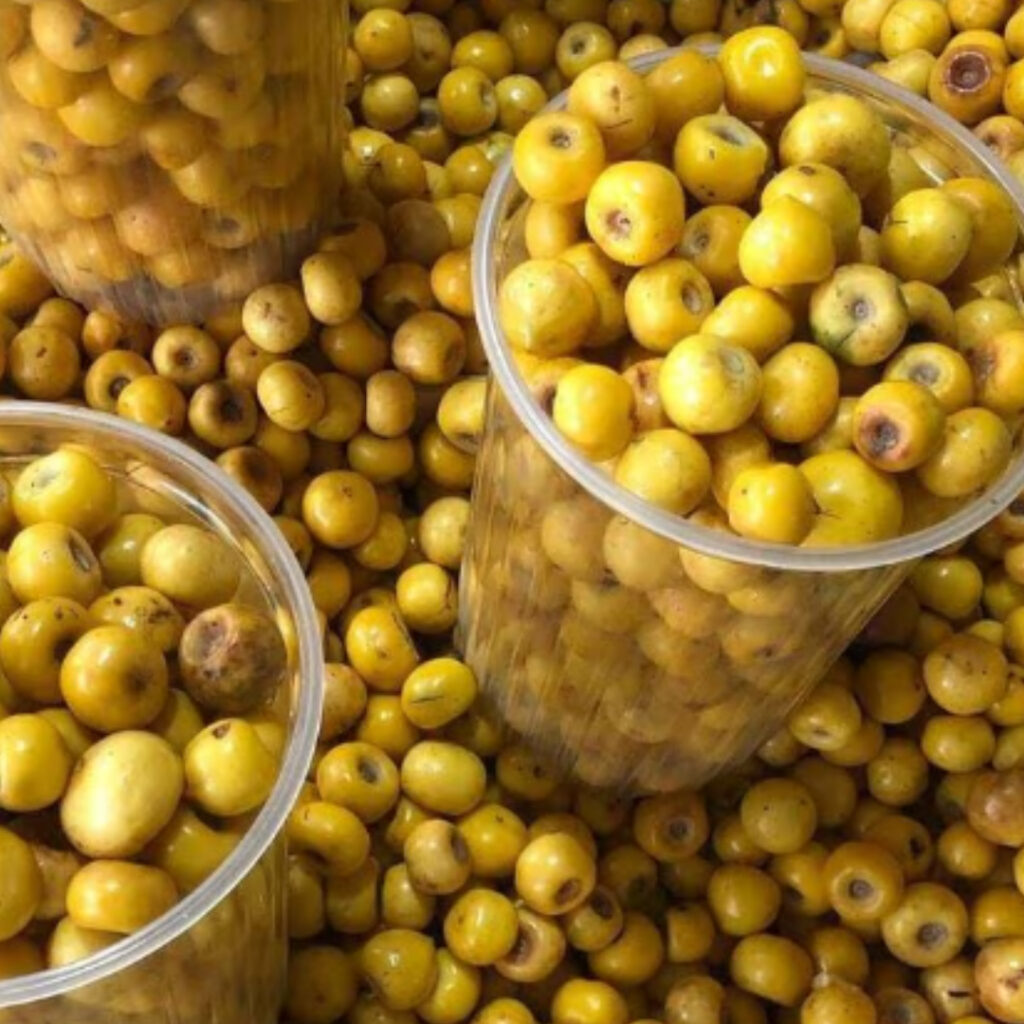
Mexico: The Leading Producer
When it comes to nance production, Mexico is by far the world’s largest and most famous producer. In states like Chiapas, Veracruz, Guerrero, Oaxaca, Nayarit, and Tabasco, nances are found both growing wild and cultivated in orchards and home gardens.
In Mexico, nances are deeply integrated into regional culinary traditions. They’re made into:
- Raspados (shaved ice desserts)
- Licor de Nanche (a traditional fruit liqueur)
- Candied nances
- Nance ice cream and popsicles
Thanks to its warm climate and fertile soils, Mexico produces the highest volume of nances globally and serves as a key supplier for domestic consumption and, to a smaller extent, export to neighboring countries.
Panama: The Cultural Heartland
Panama holds the nance fruit in high cultural esteem, particularly in rural provinces like Los Santos and Herrera. The fruit features prominently in traditional Panamanian dishes and beverages, including:
- Pesada de Nance (a thick pudding made from nances, sugar, and flour)
- Chicha de Nance (a fermented or sweetened fruit drink)
The country even celebrates an annual Festival de la Nance in the city of Chitré, honoring the fruit’s role in national identity. While Panama’s production volume is lower than Mexico’s, its cultural significance is unmatched.
Costa Rica: A Common Backyard Treasure
In Costa Rica, nances grow abundantly in lowland areas, dry forests, and rural homesteads, particularly in provinces like Guanacaste, Alajuela, and Puntarenas. Costa Ricans consume nances in:
- Sweetened preserves
- Traditional drinks
- Ice creams
- Fresh snacks with chili and lime
Though Costa Rica doesn’t grow nances on a commercial scale for export, the fruit remains an important part of rural diets and small local markets.
Ecuador & Peru: Regional Favorites
In Ecuador and Peru, nances grow in tropical valleys and coastal lowlands. Communities use the fruit primarily in:
- Marmalades
- Homemade liqueurs
- Fermented fruit drinks
- Custards and puddings
While production is mostly for local consumption, these countries play an essential role in maintaining the diversity of wild and cultivated nance varieties.
Other Countries
Other nations that produce nances, though in smaller volumes, include:
- Guatemala
- Honduras
- El Salvador
- Nicaragua
- Venezuela
- Colombia
- Brazil
- Caribbean Islands (Puerto Rico, Cuba, Jamaica)
In these areas, nances are typically found in backyards, rural forests, and community commons, with most fruit consumed fresh or in traditional dishes.
Global Culinary Uses
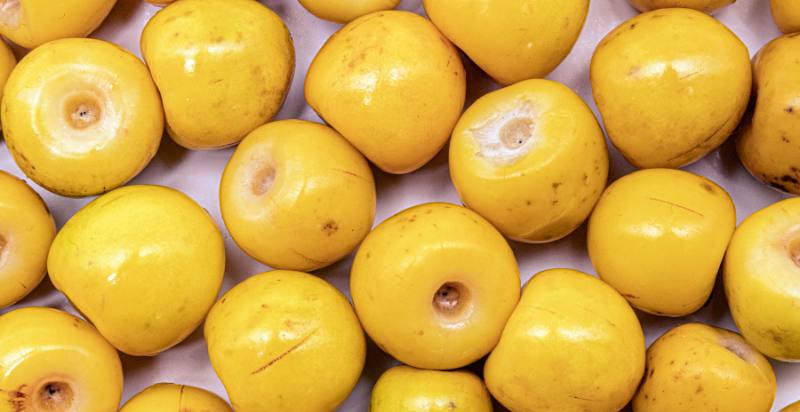
Though nances are mainly consumed in Latin America, their unique flavor and versatility have attracted attention in niche culinary markets.
Common uses include:
- Jams and preserves
- Fermented drinks and wines
- Ice creams and frozen treats
- Liqueurs and infused spirits
- Medicinal tonics
- Fruit salads and savory sauces
In Mexico and Panama, for instance, nance-based desserts and drinks are especially popular during religious festivals and summer holidays.
Nutritional and Medicinal Benefits
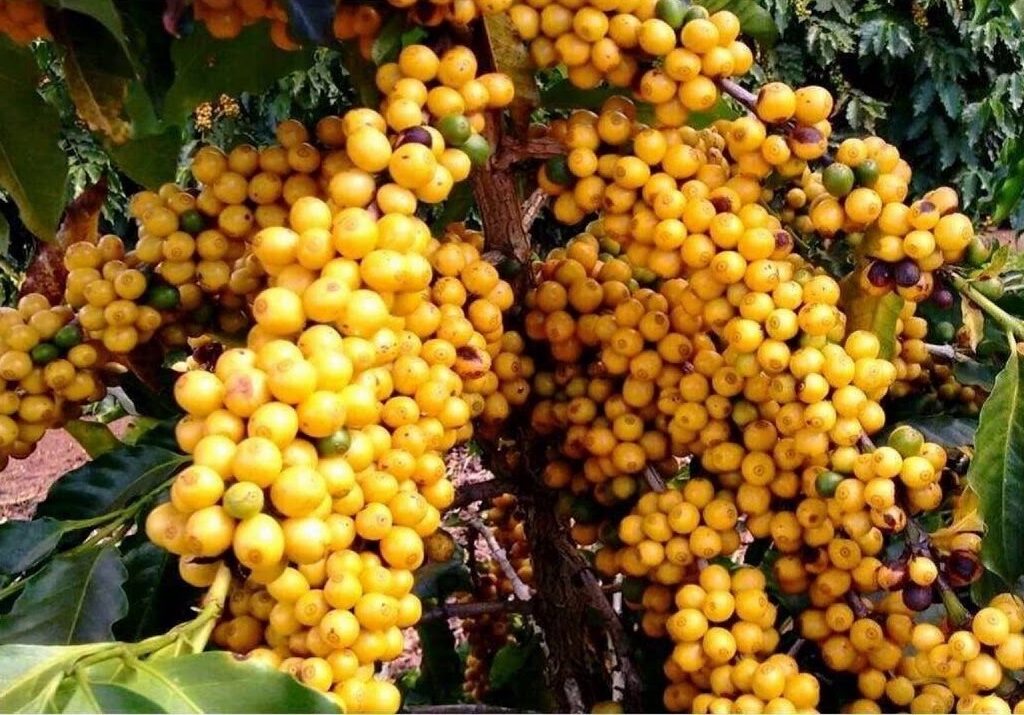
Nances aren’t just tasty — they’re packed with health benefits:
- High in Vitamin C, supporting immunity
- Rich in antioxidants, combating oxidative stress
- Good source of dietary fiber, promoting digestive health
- Contains essential minerals, such as potassium and iron
Traditional medicine has long used nances for treating gastrointestinal problems, fevers, and skin ailments. Modern nutrition research highlights the fruit’s anti-inflammatory and antimicrobial properties.
Market Dynamics and Challenges
While nances enjoy high popularity in their native regions, they face challenges in reaching larger international markets:
- Highly perishable — Fresh nances spoil quickly and are difficult to export
- Limited global demand — Still relatively unknown outside Latin America
- Wild-dependent harvesting — Many nances are gathered from wild or semi-wild trees, making supply inconsistent
To overcome these obstacles, some producers have turned to processing the fruit into preserves, frozen pulp, and alcoholic beverages, which have longer shelf lives and better market potential.
Future Potential
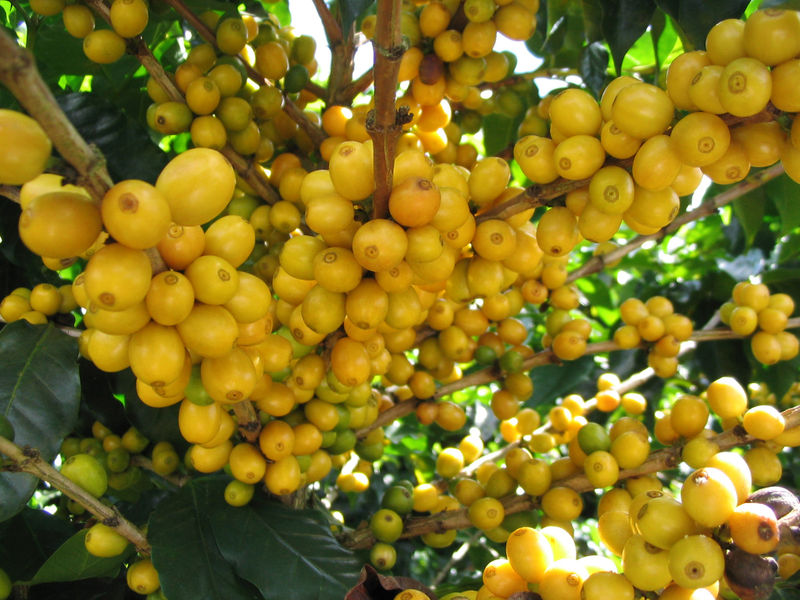
As consumer interest in exotic and functional foods grows, nances have significant potential for niche international markets. They appeal to:
- Health-conscious consumers seeking antioxidant-rich, vitamin-packed superfoods
- Artisan liqueur producers
- Specialty dessert and ice cream makers
- Ethnic food markets and gourmet grocers
Investments in sustainable cultivation, value-added product development, and export-friendly processing could help nances gain recognition beyond their traditional strongholds.
Conclusion: Where the World’s Nances Come From
So where does the world get most of its nances? The clear answer is Mexico.
With its ideal climate, vast growing regions, and rich culinary heritage centered on the fruit, Mexico produces more nances than any other country. Panama, Costa Rica, Ecuador, and Peru also play important roles in keeping this unique fruit alive in kitchens and marketplaces.
Though nances remain under the radar globally, their nutritional value, cultural importance, and potential for unique value-added products mean their story is far from over. As trends toward traditional, functional, and exotic foods continue, the humble nance might just earn its moment on the world stage.
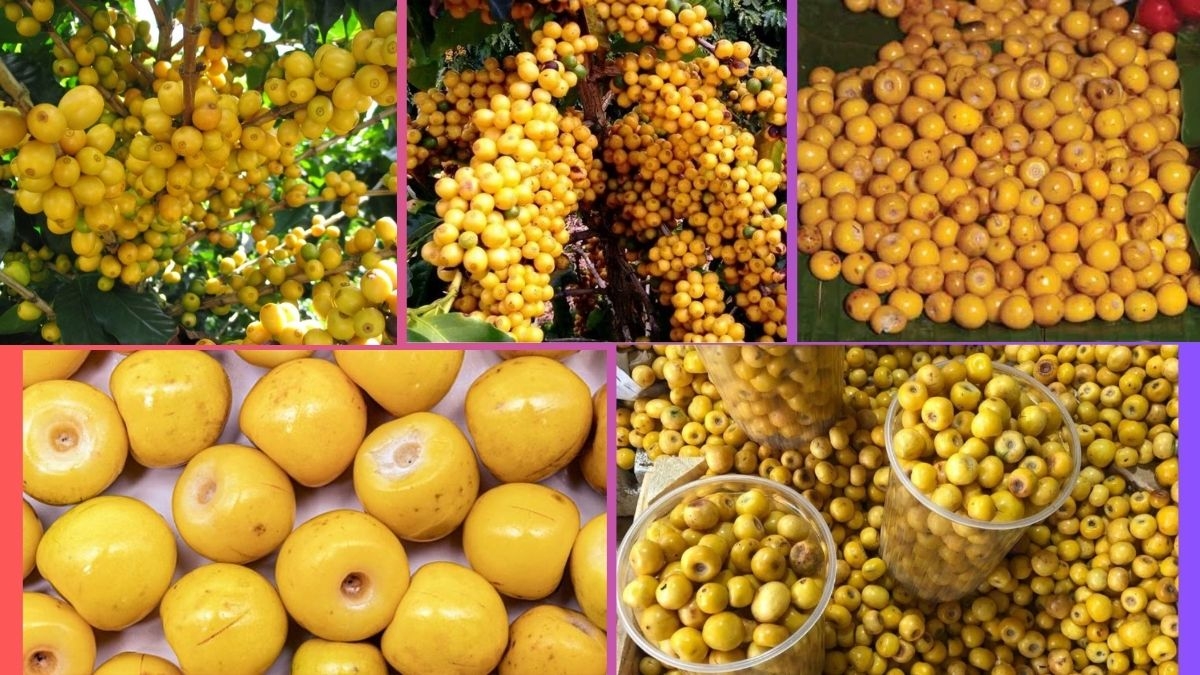


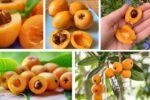
Leave A Comment